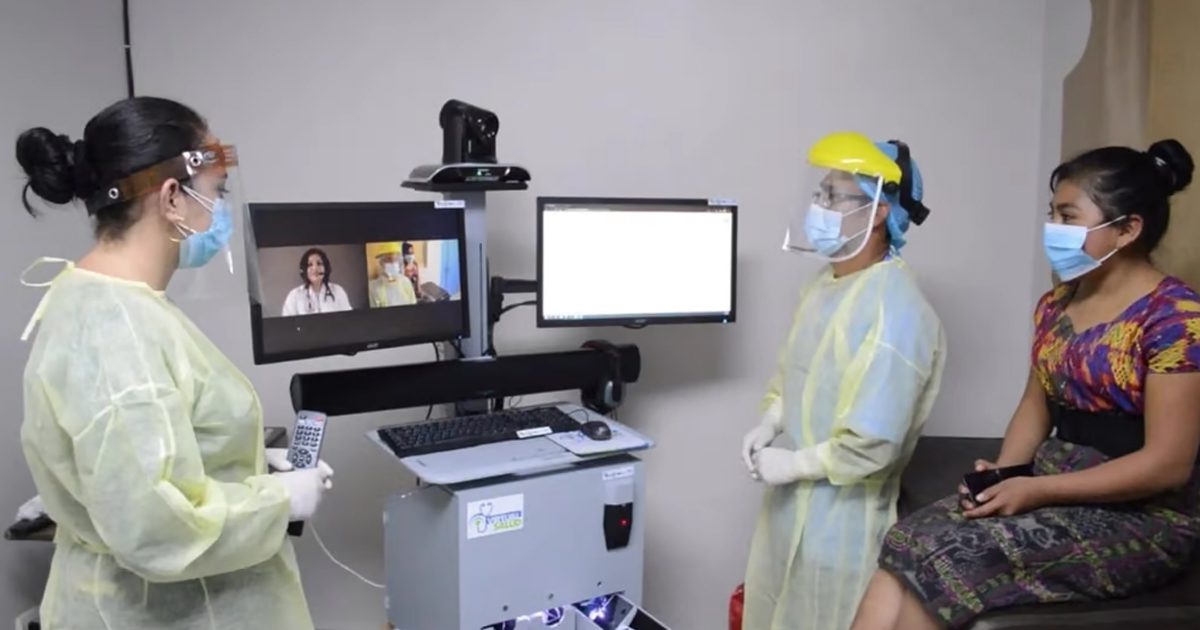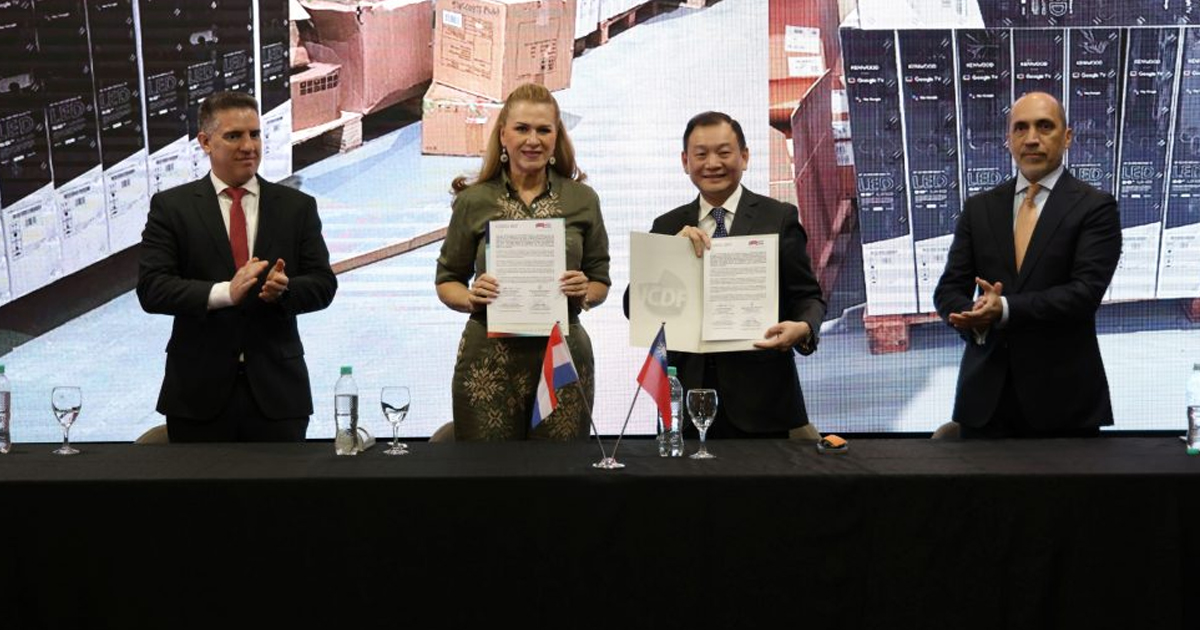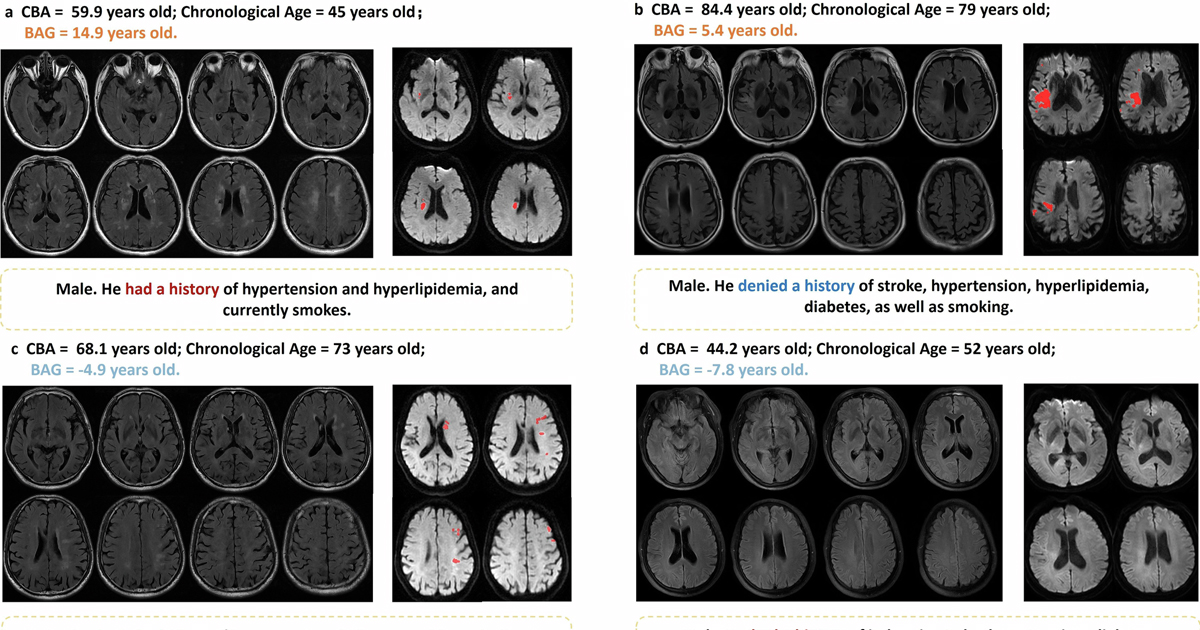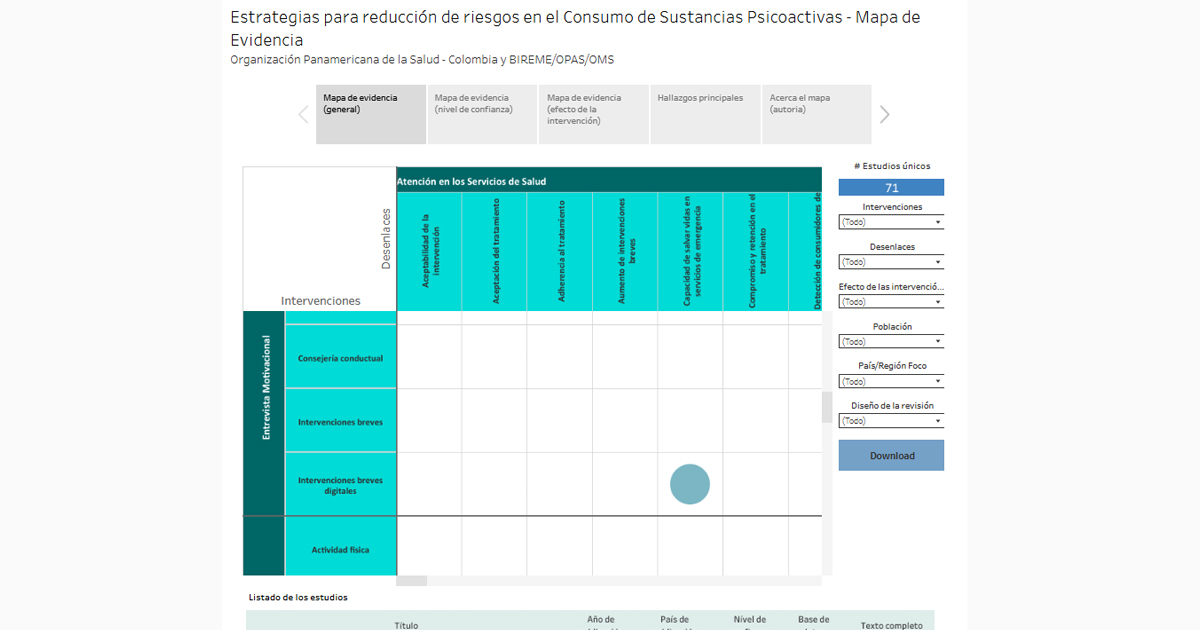Los modelos de Artificial Intelligence (AI), brindan una nueva forma de acercamiento al diagnóstico y tratamiento de enfermedades. En la edición de abril de The Lancet fue publicado un estudio sobre la Utilización de esta tecnología para el manejo y diagnóstico de nódulos tiroideos.
Este modelo de AI fue presentado en el artículo titulado: Modelo de inteligencia artificial basado en aprendizaje profundo para ayudar al diagnóstico y manejo de nódulos tiroideos: un estudio de diagnóstico multicéntrico. Se trata de un modelo basado en aprendizaje profundo para la diferenciación entre tumores malignos y nódulos tiroideos benignos.
ThyNet es el nombre del modelo y el estudio se centra en cómo “podría ayudar a los radiólogos a mejorar el rendimiento diagnóstico y evitar la aspiración con aguja fina innecesaria”. Para entrenar al algorithm of aprendizaje profundo los investigadores utilización un conjunto de datos de entrenamiento de 14439 imágenes de 6587 pacientes y el conjunto de datos de ajuste 3610 imágenes de 1752 pacientes.
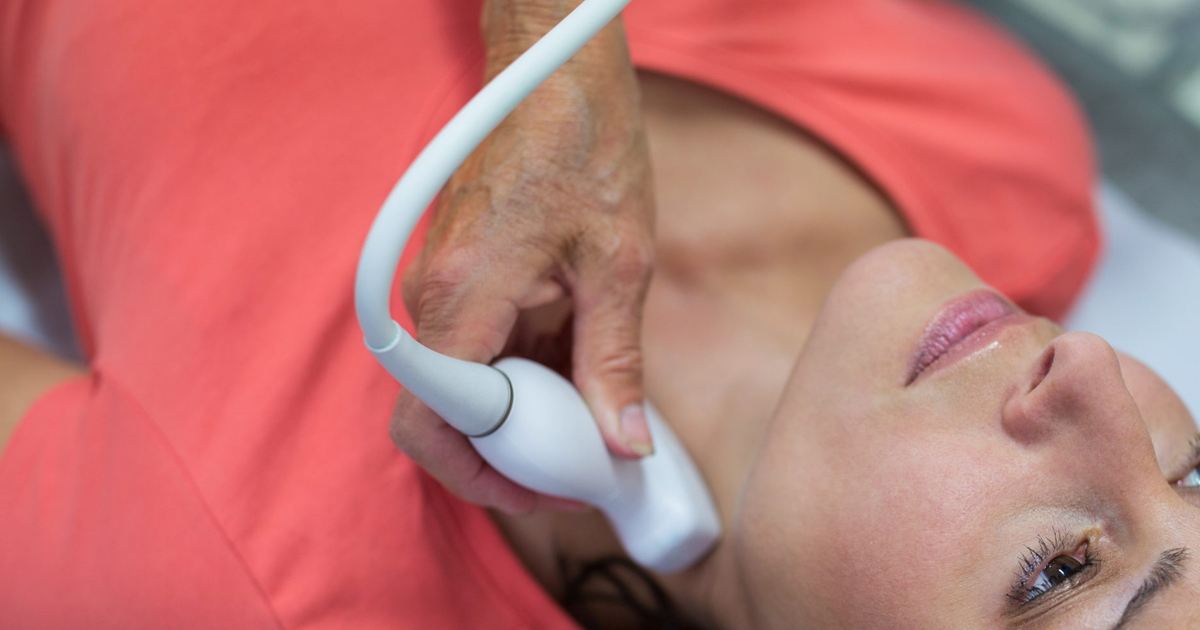
“Todos los nódulos en el entrenamiento y el conjunto de prueba total se confirmaron patológicamente. El rendimiento diagnóstico de ThyNet se comparó primero con el de 12 radiólogos”, Este correspondió al conjunto de pruebas A. Posteriormente, para el Conjunto B se desarrolló la estrategia asistida por ThyNey en conjunto con radiólogos.
“Luego, la estrategia asistida por ThyNet se probó en un entorno clínico del mundo real (utilizando imágenes y videos; conjunto de prueba C)”. Los investigadores explican que “La estrategia asistida por ThyNet puede mejorar significativamente el rendimiento diagnóstico de los radiólogos y ayudar a reducir las aspiraciones con aguja fina innecesarias para los nódulos tiroideos”.
Find the full study at the following link: https://www.thelancet.com/journals/landig/article/PIIS2589-7500(21)00041-8/fulltext


